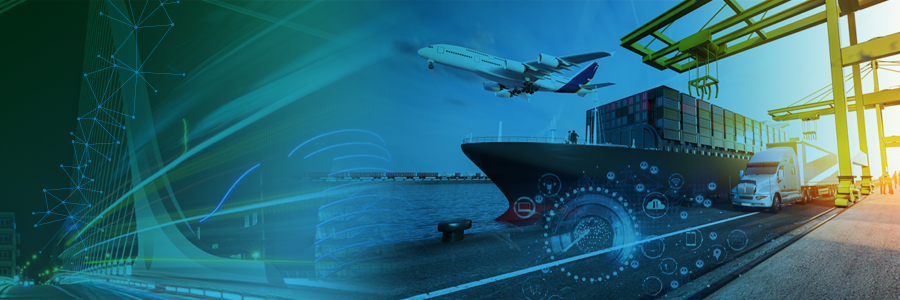
For companies in the transportation and logistics (T&L) industry, delivering on time every time isn’t just a promise; it’s the brand. Miss a promised delivery time due to unexpected truck breakdowns or poor load planning, and your reputation suffers.
According to the latest SOTI industry report, Mobilizing the Delivery Workforce: State of Mobility in Transportation and Logistics, 98% of global T&L companies claim to deal with technical or system difficulties that delay shipments in a normal week.
To improve expediency and efficiency, the T&L industry is undergoing a staggering digital transformation, as evidenced in SOTI’s latest report:
-
78% of T&L organizations have invested considerably in technology over the past 12 months.
-
71% believe that within five years, a mobile-first piece of technology will be the key to last-mile delivery success.
Across the world, 80% of T&L businesses are ready to invest in new technology within the next 18 months. But invest in what? And why?
How is technology moving the T&L industry forward?
Find out in your free copy of Mobilizing the Delivery Workforce: State of Mobility in T&LWhat’s Driving the Digital Transformation of T&L?
If drivers aren’t driving and trucks aren’t trucking, then goods aren’t making their way through the supply chain.
T&L organizations know this and are embracing technology such as telematics (expected to reach a market value of $5.93 billion USD in the supply chain industry alone by 2025), sensors, wearable technology (in 2022, there will be 1.1 billion connected wearable devices) and artificial intelligence (AI) in a variety of innovative ways:
-
Predicting issues: When trucks aren’t operating properly, fuel efficiency suffers. Maintenance and repairs on a single truck can easily exceed $15,000 USD per year. Additionally, fuel accounts for 50% of the variable costs of maintaining a vehicle fleet. Using networked sensors to predict when vehicle parts need servicing or replacing can result in less wasted fuel and more bottom line savings.
-
Preventing inefficiencies: It costs approximately $1.38 USD/mile to operate a truck and each year, trucks drive 29 billion miles with partial or empty loads. Automating routine tasks, such as toll payment, or fuel payment or route optimization, ensures these “deadhead” miles are kept to a minimum and truckers can pick-up their next load faster than ever.
-
Performing safely: Sensors and AI can monitor driver style and performance to help the driver take corrective actions. Idling, for example, consumes approximately 7,500 litres (1981.29 gallons) of fuel per truck per year. AI technology can automatically shut the engine down after a predetermined time to save fuel, money and the environment. Sensors which detect jackrabbit starts can alert drivers, so they don’t repeat the behavior. This can improve both driver and vehicle safety and efficiency. And drivers are open to using technology to improve performance as 73% want to receive weekly feedback about their driving habits.
-
Protecting drivers: This is scary: 66% of long-haul drivers admit to driving while fatigued. This is scarier: 13% have fallen asleep at the wheel. Wearable technology such as glasses can detect when a driver’s eyelids are getting heavy and can send out alerts telling the driver it’s time to pull over and rest.
The results are measurable and impactful. These types of technologies have been shown to cut fuel costs by up to 25% and increase fleet availability by as much as 35%. Meanwhile, over 50% of truck drivers feel that technology has positively impacted their safety.
Customer Expectations Around Delivery Time is More Important Than the Product Itself
COVID-19 has accelerated the shift to e-commerce and placed greater demands than ever before on the T&L sector. Customers can find the product they want just about anywhere at approximately the same price.
It’s who delivers it the fastest and provides end-to-end visibility that wins their dollars and ongoing loyalty. Customers want to know where their package is always, from the warehouse to the storeroom to the back of the truck and ultimately, to their front door. In fact, 70% of consumers say the ability to track orders is a top consideration when making an online purchase. The more expensive the item, the more tracking becomes a priority.
In an ultra-competitive industry, these are the differences between sustained success or unavoidable failure. It’s also why 99% of T&L organizations are looking to implement technology to increase the speed of their operations.
Mobilizing the Delivery Workforce: State of Mobility in Transportation and Logistics looks into where the digital revolution is taking T&L and its impact on warehouse workers, truck drivers and ultimately the customer.
It’s a must-read for any T&L organization looking to smartly invest and position themselves to lead in a digitized freight market.



